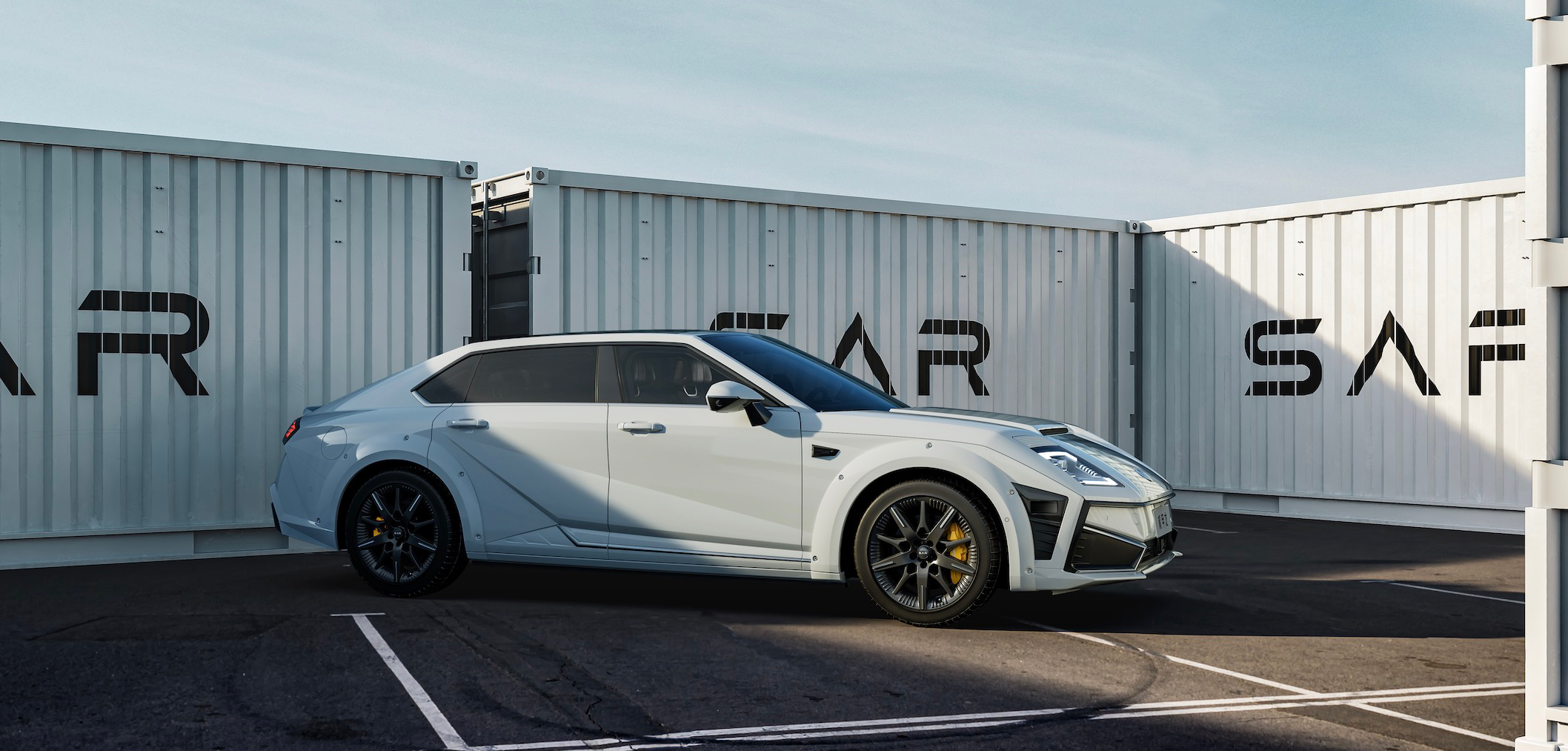Last weekend, I went to see a mech movie called “Tomorrow War”. Without commenting on the plot and quality, the important prop in the movie, the mech suit worn by the protagonist, was indeed full of mechanical and futuristic feeling.
In a market with few movies that feature mech suits, “Tomorrow War” is quite representative. Similarly, in the ever-expanding car market with countless new products, a new brand with a focus on the mech style has emerged, and it is called Salon.
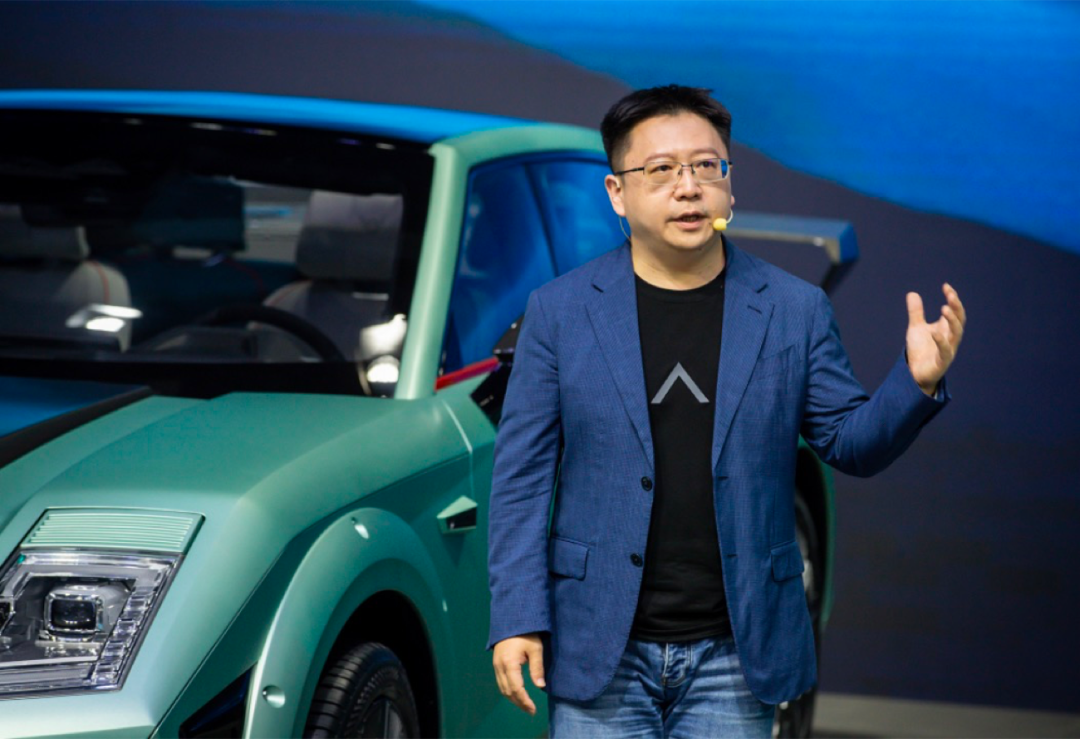
Like most people, I may not quite understand why Salon is so “distinctive” and dares to delve into such a niche market. Salon CEO Wen Fei explained that obtaining 90% market share in a market with 10% market capacity is less valuable than achieving 90% market share in a niche market with only 10% market capacity.
In other words, in the already saturated market for pure electric SUVs and sedans, Salon’s ability to squeeze in and obtain a 10% market share is less meaningful than dominating the majority of users in a niche market.
So, will Salon’s first product, Mech Dragon, become a leader in the luxury pure electric car consumer market? There are two key points here: first, whether Mech Dragon’s product strength can “harvest” the majority of users in the 10% market share, and second, how large that 10% market share can be.
How Strong is This “Dragon”?
Any popular product must provide users with comprehensive product strength that meets their needs accurately, even beyond their expectations for the price.
Let’s use this standard to explore Mech Dragon.
Mech Style with a “Lego Feel”
To evaluate the value of a product for users, we need to explore it from multiple dimensions such as product capabilities, services, and later use experiences.
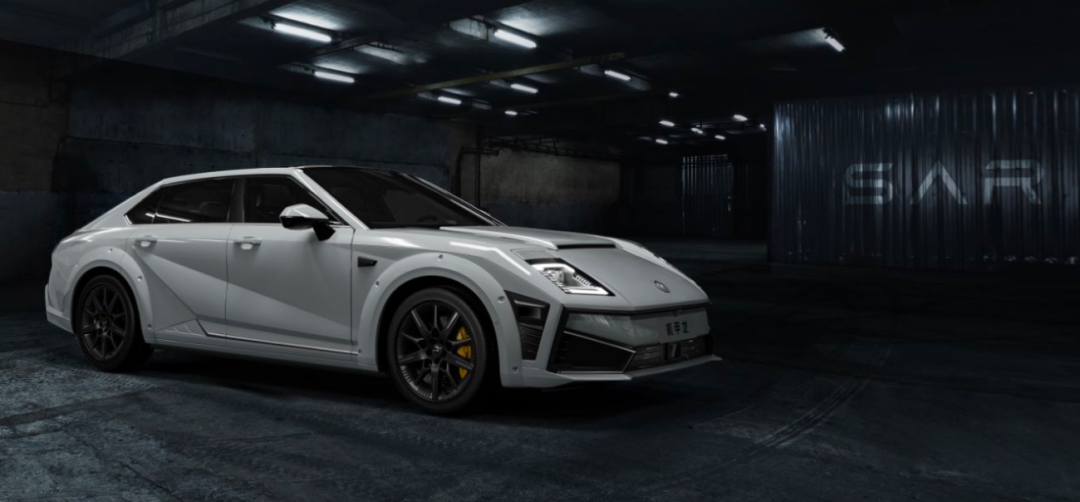
Mech Dragon’s first impression on me was full of “Lego feel”. There were almost no rounded curves on the entire car.
The appearance is Mech Dragon’s biggest selling point and controversy at the same time. If you have no resistance to the original mechanical feel, then you can keep an eye on the entire Salon series, as this is a brand that positions all its products with a mech style.

At the same time, Salon also sticks to the mech style throughout, from the car models to the stores.### A “sports car” Longer than EQS
In terms of produtc, the limited-edition global model of Mechdragon is priced at 488,000 yuan, which has entered the price range of domestic high-end car models.
Correspondingly, the car is not lagging behind in basic performance either. From the car positioning, although Mechdragon looks like a multi-faceted exquisite sports car, in fact, its length has reached 5,240 mm. Which is longer than NIO’s flagship sedan ET7 by 139 mm, while the wheelbase reaches 3,040 mm.
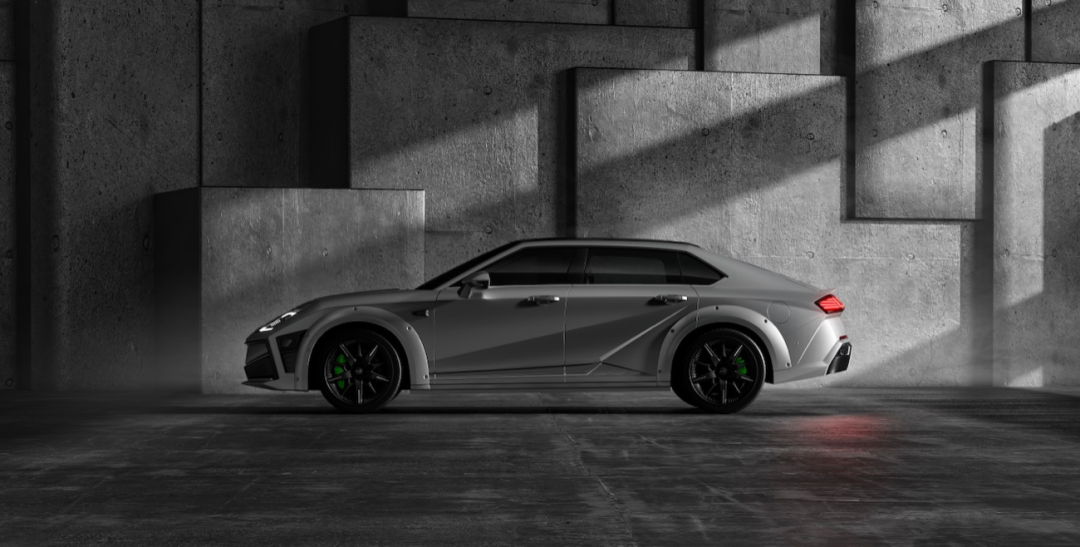
In terms of power, Mechdragon has a maximum power of 400 kW, peak torque of 763 N·m, and can enter the 3-second club for every 100 kilometers.
Endurance exceeds 800 km
In terms of endurance, the first batch of Mechdragon products this year will be equipped with two batteries of 93.9/111.6 kWh. The small battery four-wheel-drive CLTC condition endurance is 610 km, and the larger battery four-wheel drive CLTC condition endurance is 730 km.
In addition, Salon will also launch a longer-lasting 802 km version.
How about intelligent performance?
At the Guangzhou Auto Show last year, Salon shouted out the slogan “4 or less (lidar), please don’t speak”.
In addition to 4 lidars, Mechdragon is also equipped with 7 8 million pixel cameras, 5 millimeter-wave radars, 4 surround-view cameras and 12 ultrasonic radars.
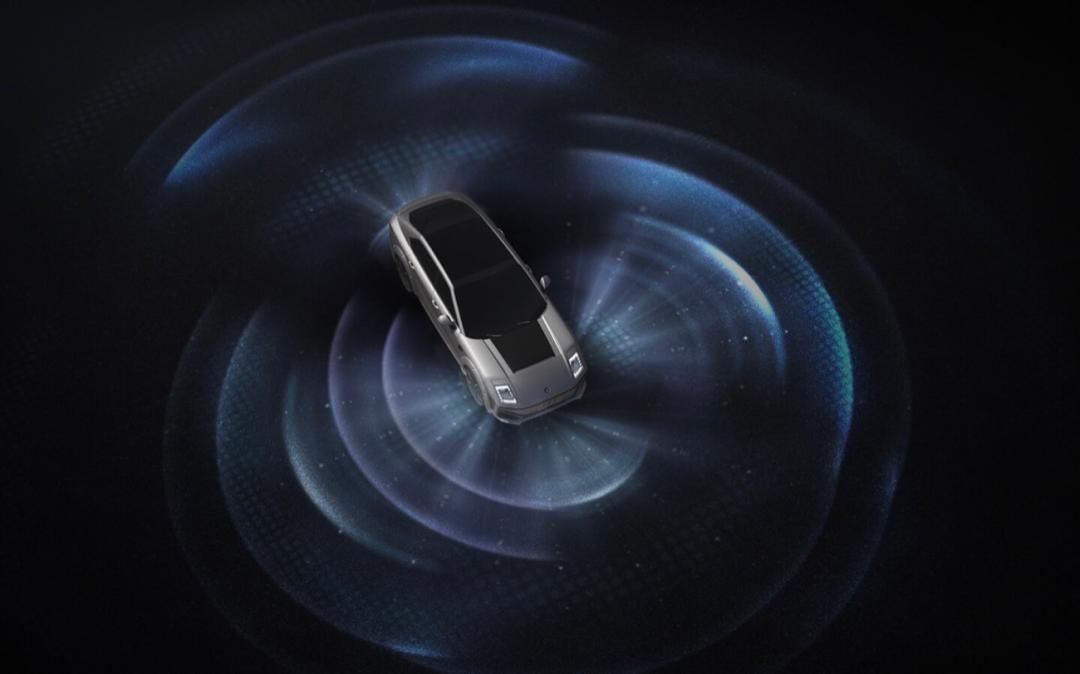
Among them, the lidar uses Huawei’s 96-line hybrid solid-state lidar, with a FOV field of view angle of 120° horizontally and 25° vertically. These four lidars are distributed around the vehicle, achieving 360° lidar point cloud coverage.
Regarding the distribution and selection of lidar positions, Yang Jifeng, Salon’s director of intelligent driving, also gave a supplementary explanation to the media: for example, the ROI function of lidar is now popular, which improves the scanning frequency of key driving areas to increase the density of point clouds, so as to achieve better imaging effects in key driving areas. However, the disadvantage of this is that the point cloud density of non-key areas is sacrificed.If the Salamander only used one LiDAR, they would still hope to cover key regions with more point clouds. However, with four LiDARs on board the Salamander Mecha, they hope for an even distribution of point clouds to more effectively construct a complete 360° environmental perception. In addition, the Salamander hopes for this perception system to sufficiently handle edge cases, so maintaining consistent data density across various scenarios is crucial.
Another major advantage of having multiple LiDARs that cover the entire area is the ability to more easily address many difficult static object recognition scenarios that are challenging for visual and millimeter-wave radar systems.
Despite the many years of development of assisted driving, accidents caused by the inability to recognize stationary obstacles remain all too common. The reason behind this is simple: the camera functions similarly to the human eye, and is susceptible to lighting conditions, which could make things difficult to see.
More importantly, the camera is only responsible for “seeing”; to recognize front obstacle targets, the system needs to undergo significant training on these targets beforehand. The process is similar to “recognizing objects in childcare”, guiding the system to learn what something is and what to do when it is seen.
Although millimeter-wave radar can provide distance information, it also has significant shortcomings. It can only provide planar information without a vertical field of view and is particularly sensitive to metal objects. To reduce the false positive rate, the mainstream practice of most automakers and ADAS vendors is to directly filter out metal object information, while lowering the confidence of millimeter-wave radar information.
LiDAR, on the other hand, can accurately depict the size and contour of objects through point clouds, providing the system with accurate distance and shape information, as well as high precision.
As previously mentioned, the Mecha Dragon has not only 360° point cloud information, but also constructed 360° image information with seven 8 million pixel cameras.
This brings two problems: first, there is too much information, which poses a challenge to the real-time processing capabilities of the system. Second, how does the system handle inconsistent information?
With large volumes of information, the system requires sufficient computational power. The Mecha Dragon uses two high-performance intelligent driving computing platforms with dense computing power of up to 400 TOPS. However, it’s worth noting that the purpose of the redundant dual-platform is that if one platform fails, the system can still take over the vehicle and enter the MRC scenario.At the software level, Salon is also cooperating with Momenta, and both Huawei’s hardware and Momenta’s algorithm software have been well recognized in the industry. The former has reached cooperation with many OEMs, but needs to accelerate its progress in “mass production”. Momenta is one of the earliest Robotaxi companies to enter the L2 field in China, and its software capabilities have also been witnessed on other models.
Experience has always been the focus of intelligent driving, and we also look forward to the performance of Salon Mechadragon ADAS when it is landed.
Interaction? More imagination needed
In addition to intelligent driving, Mechadragon also needs to innovate some new gameplay in terms of interaction so as to match the “future mech”.
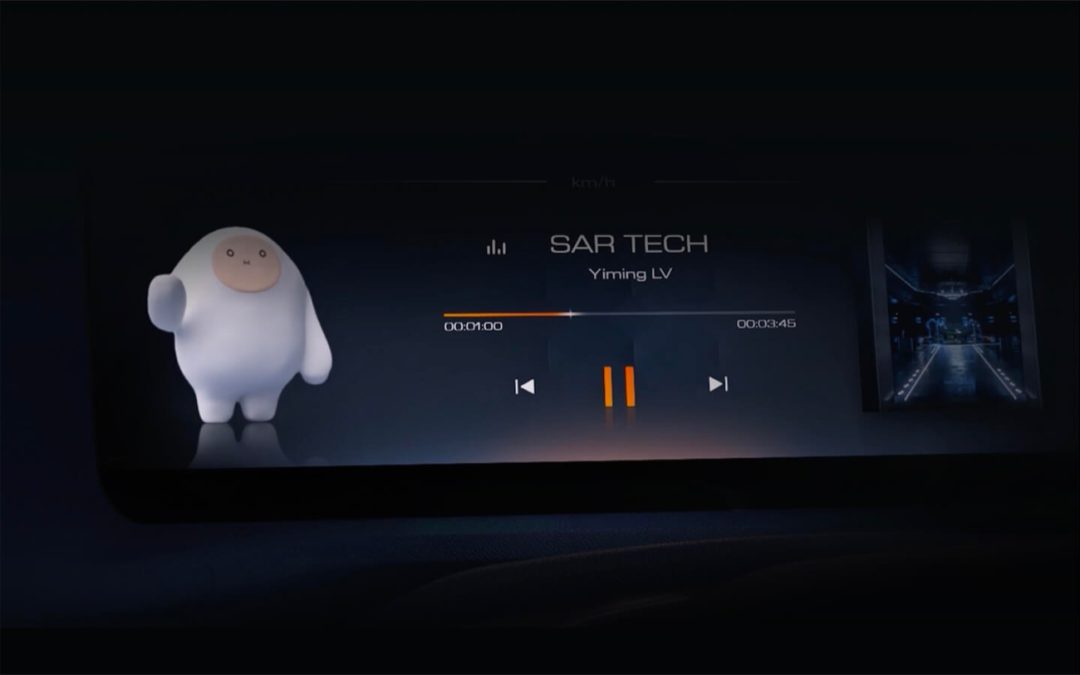
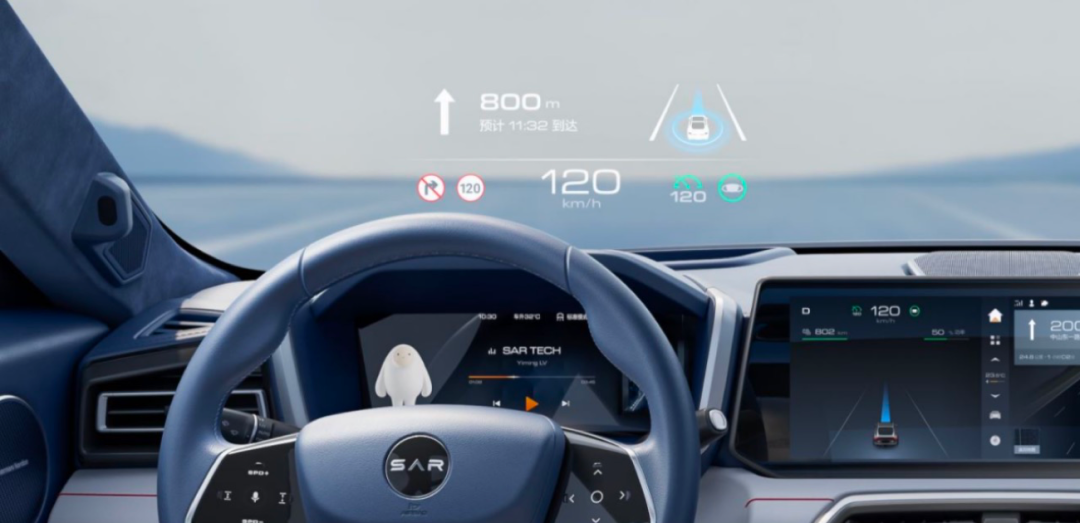
As for the cabin interaction, what impressed me most about Mechadragon was the “smart interactive screen”. Salon’s idea is that in the era of intelligent cars, the instrument screen should not stick to conventions, but should be a smart screen that can actively change according to scenarios.
For example, when the driver uses different functions, the AI assistant Xiaojia will respond to the driver’s status through different actions and scenes. Of course, the premise of this function is that the vehicle will be equipped with a 25-inch W-HUD to provide basic driving information to the driver.
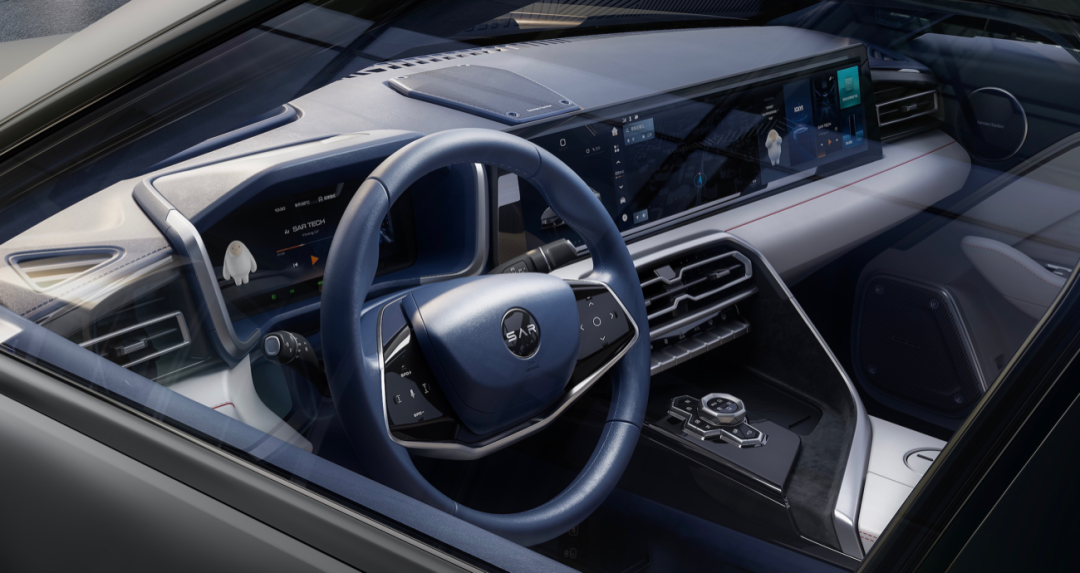
The second point is the steering wheel buttons. Mechadragon’s steering wheel buttons have been changed to a touch screen, which can change with the change of scenarios. Users can also connect an external controller for better gaming experience. Even Mechadragon can link the steering wheel, pedals and audio to allow users to play games such as “wild racing” in the car.
Looking at the current functionality that can be achieved, there is still room for imagination in the cabin of Mechadragon. Compared with the appearance, there is still more development space for the cabin.
Service
It is normal for users to maintain a skeptical attitude towards start-up brands, after all, users need to vote with real money. Therefore, car companies should give users enough confidence in purchasing and after-sales convenience.
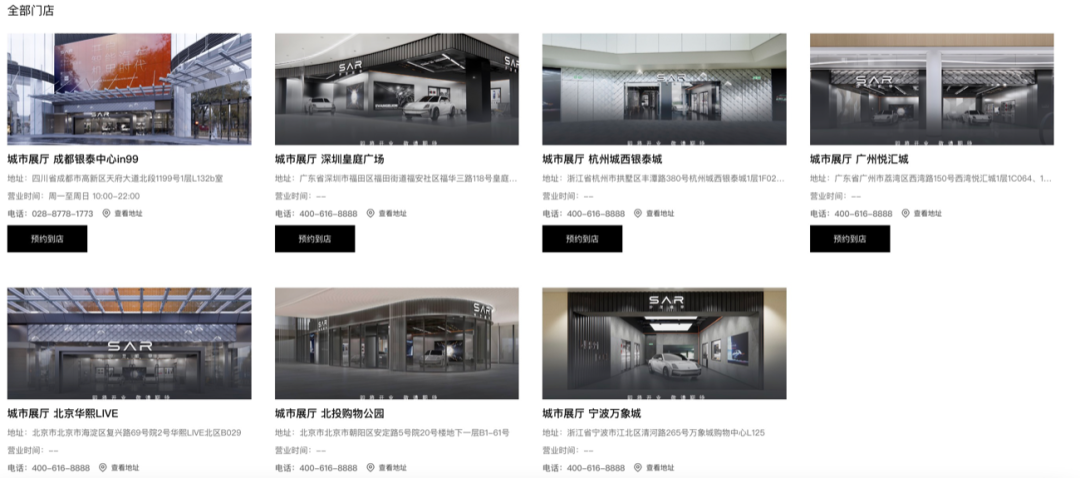 # Salons plan to build a total of 42 stores in 14 cities within the year.
# Salons plan to build a total of 42 stores in 14 cities within the year.
Salons also proposed the “Super Steward” model, in which Salons Automotive executives directly serve users.
Salon Automotive CEO Wen Fei was appointed as the “Emotion Steward”, CMO Zhou Wen was appointed as the “Service Steward”, and CTO Yang Yanqing was appointed as the “Product Steward”. This model is similar to one-on-one user communities, and we hope Salons can stick to it.
How Big Can the Niche “Pie” be?
After discussing the product, let’s explore how many people can pay for “Mecha Culture”.
Many people may not understand Salon’s brand positioning like me. Wen Fei, CEO of Salons Automotive, once stated in an interview that Salons will work with tech enthusiasts from the 80s and 90s, and generalize to circles such as secondary element culture, electronic music, trend, and extreme sports. For startup companies, it is also important to lay the first foundation and establish brand differentiation.
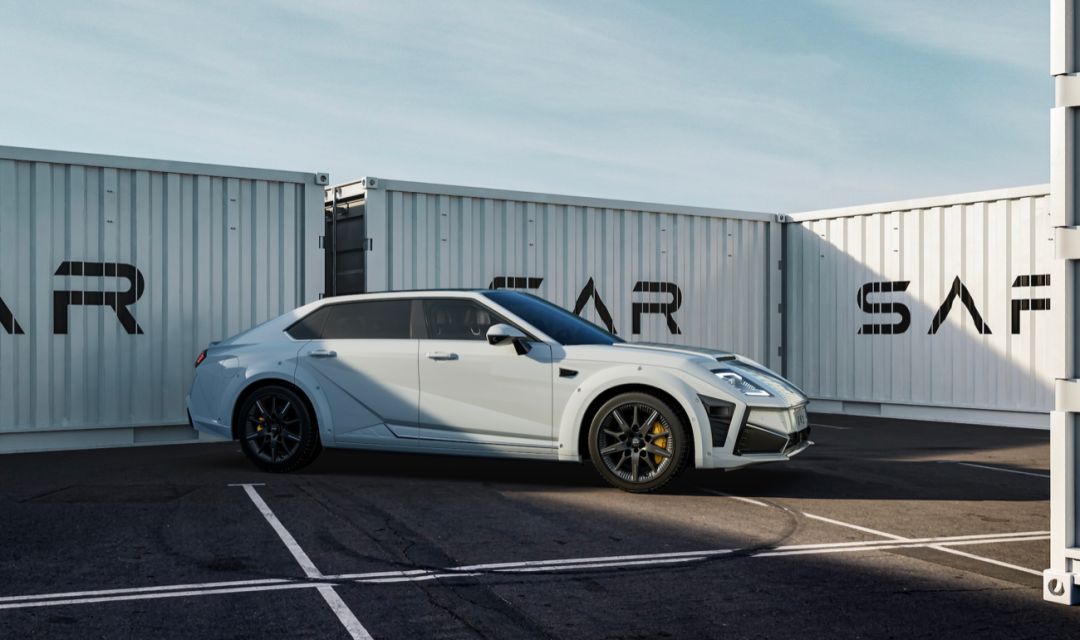
Salon Automotive targets the target consumer group concentrated in the replacement purchase crowd in first- and second-tier cities, which may conduct “personalized consumption” as the second or third car of the family. Salons Automotive hopes to tap into these unsatisfied consumers in the context of diverse consumption.
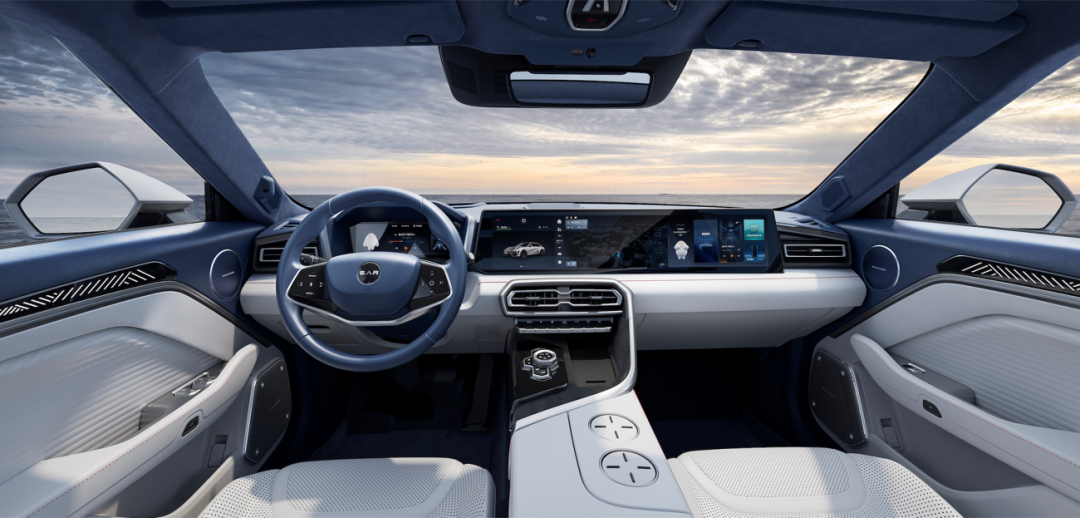
The second point is the issue of brand differentiation, which, to put it plainly, is “being different”.
Many product markets have “unmet needs.” Before Salons, no brand would think of making a niche to the alternative Mecha wind products. But the “Mecha Wind” in the film market has already been played for decades.
We respect this kind of diversity, and we also look forward to seeing what kind of chemical reaction Mechadragon can bring to the market.
This article is a translation by ChatGPT of a Chinese report from 42HOW. If you have any questions about it, please email bd@42how.com.
